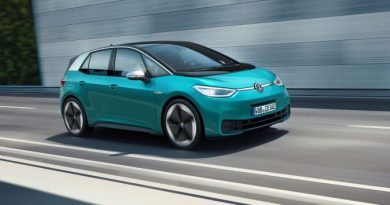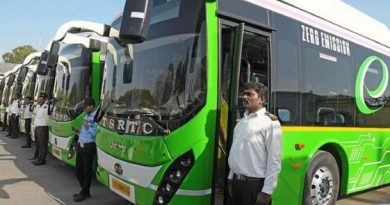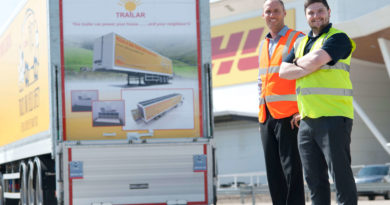Robbing Peter to pay Paul is back, as government mulls tax on ICE vehicles to fund EV subsidy

Indian governments have been notorious for a love of super taxes, or taxes beyond the conventional direct and indirect taxes. Call them cess, surcharges, levy or anything else, the entity called the consolidated fund seems to simply fall flat when it comes to any fresh demand. Thus if a proposed plan from the finance ministry goes through, conventional vehicles that run on diesel and petrol will get more expensive in the near future. The government is considering a proposal to impose a marginally higher tax on conventional cars in an effort to push electric vehicles (EVs). Needless to add, with just three GST slabs, this will mean an extra by way of cess or whatever you might call it, rather than a shift to a higher GST rate. It’s a time honoured tactic, that, while wearying for users, seems to work well for the government.
The finance ministry reportedly believes that their proposal should be considered to avoid the additional financial burden that the government has to deal with as it incentivises buyers under the first Faster Adoption and Manufacturing of Electric Vehicles (FAME) scheme. The FAME scheme was launched back in 2015, as a policy that had directives and guidelines for faster adoption of EVs in the country by offering incentives on electric and hybrid vehicles of up to Rs 29,000 for bikes and Rs 1.38 lakh for cars. The supposed first phase of the scheme was supposed to end in March this year after it had been previously extended, twice. However, by mid-April the government decided to extend the plan until September end or until the FAME – II scheme was accepted and rolled out.
Then in May this year the Heavy Industry Ministry circulated a draft cabinet document containing the supposed details and policies of the second phase of the FAME scheme (click here to read our other reports), which if sources are to be believed will be restricted to new energy vehicles used for public transport, commercial purposes which will benefit cab aggregator like Uber and Ola and high-speed two-wheelers. Significantly, the proposal would warrant the government to provide financial support of Rs 9,381 crore over the duration of validity of the scheme from 2018-19 to 2022-23.
This is where the proposal from the finance ministry comes into effect to tax conventional vehicles in a bid to lower the financial burden that will be laid on the government as part of the electric push. Of course, for buyers of either vehicles, it’s a moot point whether they ever had a choice in what they brought, in effect paying for the mistakes or policy shifts of the government. The ministry also believes the policy will have a two pronged effect and lead to more customers moving towards electric vehicles from conventional vehicles.
Considering how price sensitive the Indian Automobile market is, the move can’t be predicted to have a successful impact on it. Market specialists have discouraged the policy change in increasing taxes on conventional vehicles pointing out the nature of Indian buyers and how it might be the downfall of the market. But, on the other hand, members of the EV industry are right on board with the policy shift as they believe this move can be the catalyst to an electric future.
The final Cabinet note incorporating the views of related government departments has reportedly already been prepared and is expected to be taken up by the Union Cabinet for approval in the near future, paving the way for the rollout of FAME-II.
copyright:iamrenew.com




